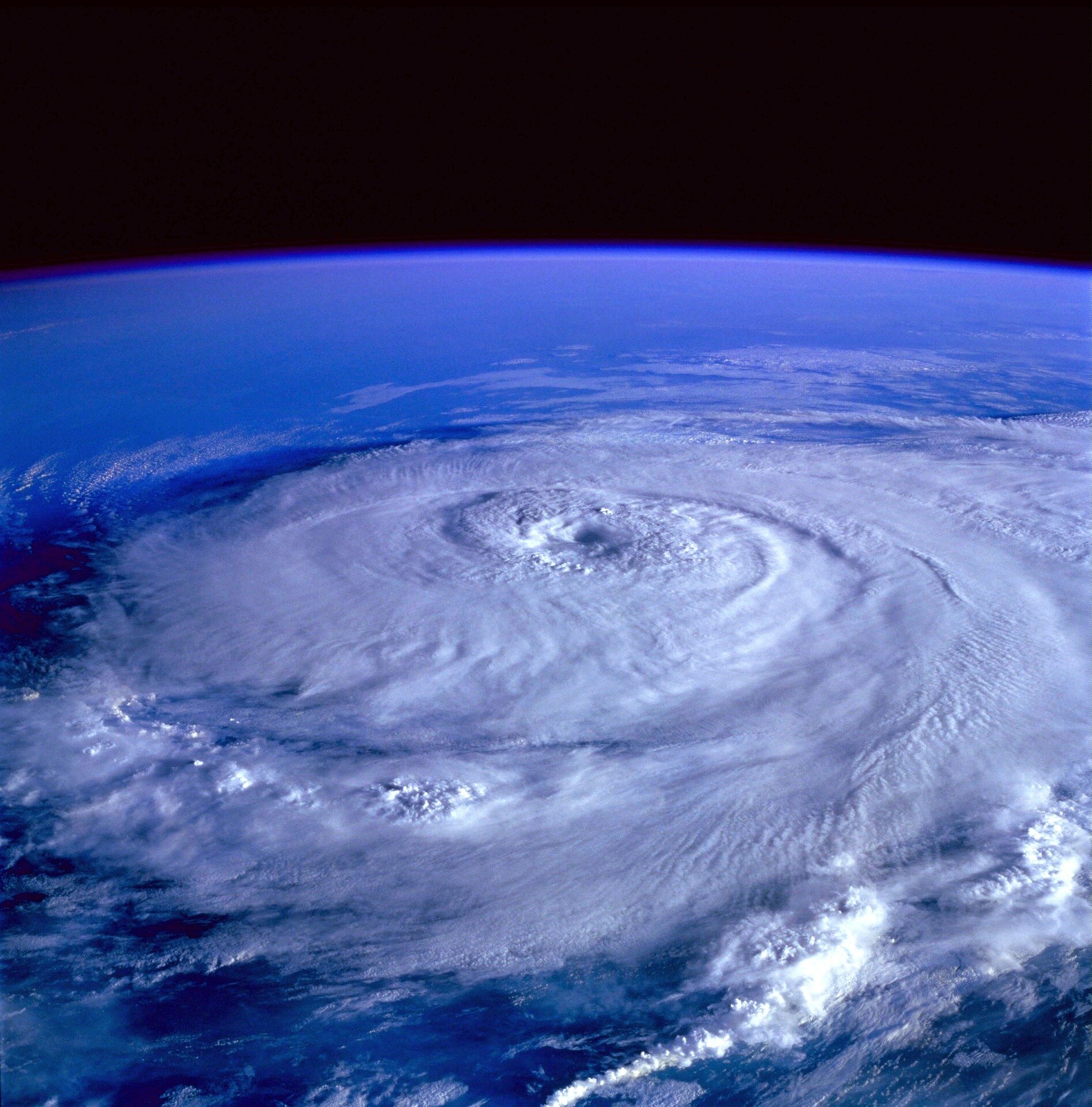- Hyper-local vs. hyper-focused: Two China ETFs go on different paths
- Wildlife loss is taking ecosystems nearer to collapse, new report suggests
- AI decodes microbes' message in milk safety testing approach
- AI empowers iNaturalist to map California plants with unprecedented precision
- Full moon hazard: 50% rise in wildlife vehicle collisions during moonlit nights
What do you believe is the single most important factor driving up the cost of living in Nigeria?

Wildlife loss is taking ecosystems nearer to collapse, new report suggests
Even for a conservation biologist numbed to bad news about nature, the biennial Living Planet report from the World Wildlife Fund (WWF) is a stark reminder of our failure to arrest the loss of biodiversity—the variety of living things and the ecosystems they live in.
The 2024 report uses an index that has tracked the fate of 35,000 populations of 5,495 species of wild vertebrates—that's animals with a spinal column, so mammals, birds, reptiles, amphibians and fish—from 1970 to the present day. Over the past 50 years (1970–2020), the average size of these monitored wildlife populations has shrunk by 73%.
Freshwater populations (think fish, frogs and salamanders) are doing much worse, declining by 85%. Marine populations are faring slightly better, with declines of 56%. However, given emerging threats to the ocean ranging from microplastic accumulation to deep-sea mining, it is best not to regard these figures as absolute guides to conservation priorities.
There is also huge regional variation in these results. Latin America and the Caribbean have reported 95% declines in wild vertebrate populations since 1970, compared with 35% in Europe and Central Asia.
What these results tell us


- October 12, 2024
Experts warn 'crazy busy' Atlantic hurricane season is far from over

- October 12, 2024
Declines in plant resilience threaten carbon storage in the Arctic


- October 12, 2024
Scientists track and analyze lofted embers that cause spot fires

- October 12, 2024
Advanced technology discovered under Neolithic dwelling in Denmark


Subscribe to our mailing list to get the new updates!

Subscribe our newsletter to stay updated
Thank you for subscribing!






